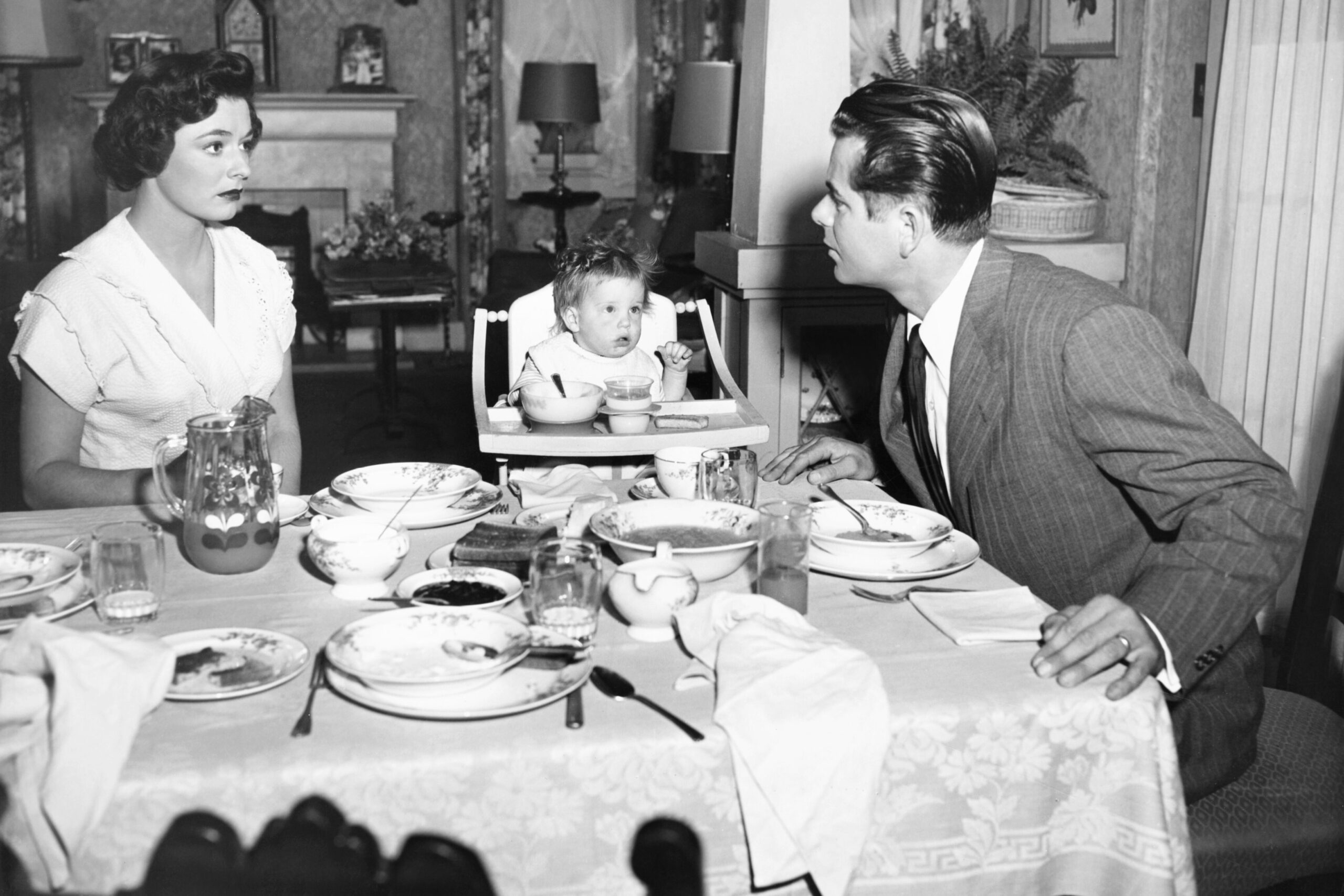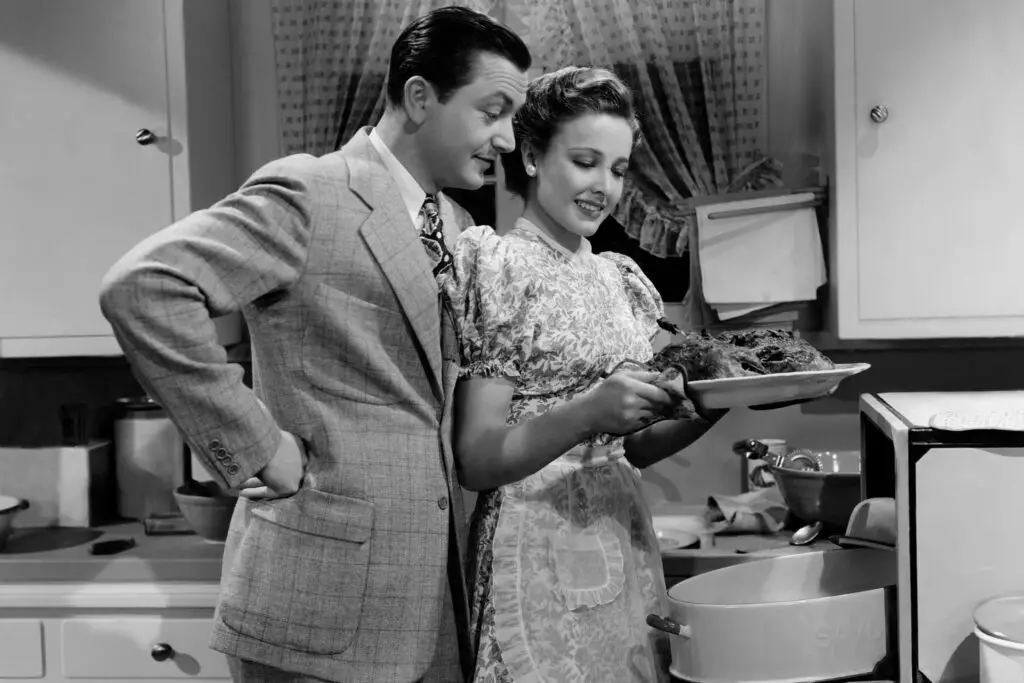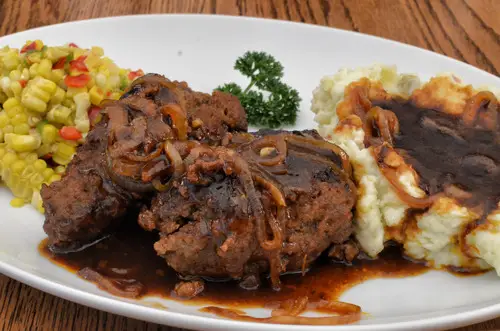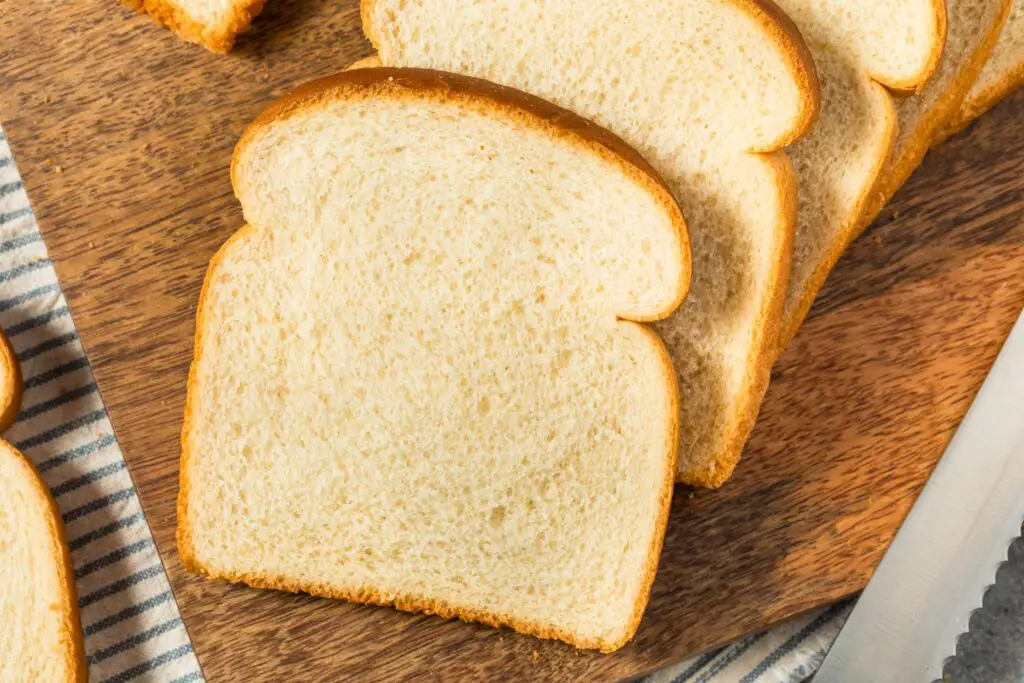1. You Should Never Eat After 6 PM

In the ’50s, many women were taught that eating after 6 PM would lead to weight gain. The belief was that your metabolism slowed down in the evening, so anything consumed after that time would simply turn into fat. This advice was echoed by countless magazines, dieticians, and even doctors of the era. Women were often encouraged to finish dinner early to avoid any late-night cravings.
Fast forward to today, and this advice seems outdated. Modern science tells us that it’s not the time of day that matters most, but rather what and how much you eat. As long as you’re making healthy choices, eating later in the evening isn’t inherently harmful. In fact, some studies suggest that meal timing and intermittent fasting might actually have benefits, dispelling this ‘cut-off’ time myth.
2. A Woman’s Role Is to Serve Meals to Her Family

In the ’50s, food was seen as a woman’s responsibility, not just in terms of cooking but also in terms of the social dynamics it created. Women were expected to serve meals to their families in a way that reflected their nurturing role in the home. Meals were often centered around the idea of the woman as the perfect homemaker, who ensured her family was well-fed and happy.
While it’s true that sharing meals can bring families together, this expectation of women being the primary meal providers has become increasingly outdated. Today, cooking and meal-sharing are seen as joint responsibilities in many households, with both men and women equally participating in meal prep. This shift reflects a broader change in gender roles and expectations in the modern world.
3. You Should Only Serve Meat and Potatoes for Dinner

The classic ‘meat and potatoes’ dinner was an iconic symbol of ’50s dining, and women were taught that this was the ideal meal for their families. The traditional dinner plate often featured a large serving of meat, a starchy side like mashed potatoes, and a small vegetable. Nutritional advice at the time often revolved around the importance of protein, and meals were designed to keep the family full and satisfied.
Today, the focus on a balanced diet has replaced this rigid meal structure. Nutrition experts now recommend incorporating more variety, like fruits, vegetables, whole grains, and plant-based proteins, into meals. The idea of a well-rounded plate with colorful variety is far more modern, offering much more than just meat and potatoes to fuel the body.
4. Salads Should Always Be Made with Iceberg Lettuce

In the ’50s, iceberg lettuce was the salad green of choice for many women. It was crisp, cheap, and easy to find, making it a staple in households across the country. Other greens, such as spinach or kale, were considered “exotic” and were rarely used. Women were encouraged to use iceberg lettuce as the foundation for every salad, often paired with a creamy dressing like ranch or Thousand Island.
Today, the world of salad greens has expanded far beyond iceberg lettuce. Kale, arugula, spinach, and other nutrient-dense greens are now common in salads, providing more variety and nutritional benefits. Iceberg lettuce, while still a popular option, often takes a backseat to these healthier and more flavorful alternatives.
5. Carbs Are the Enemy of a Woman’s Figure

Carbohydrates were demonized in the ’50s as a key cause of weight gain, especially for women. The concept of “watching your figure” was central to societal pressures, and many women were taught to reduce their carb intake to stay slim. The belief was that carbs would lead to unnecessary weight gain, so meals were often stripped of things like bread, pasta, and rice.
These days, carbs are no longer considered the enemy. Nutritionists now understand that not all carbs are created equal. Whole grains, fruits, and vegetables are rich in beneficial nutrients and should be an essential part of a balanced diet. The modern approach is all about choosing the right kinds of carbs, rather than cutting them out entirely.
6. A Woman Should Never Eat in Front of Others

In the ’50s, there was a belief that women should maintain a modest, reserved image, and eating in front of others was considered “unladylike.” This idea stemmed from traditional gender roles where women were expected to be demure and avoid behaviors that might be perceived as unrefined. It was often suggested that women should only eat in private to avoid being seen as too hungry or indulging in food.
Thankfully, this outdated notion has long since been put to rest. Women today are encouraged to enjoy food without shame, whether in public or private. Food is seen as something to be celebrated, shared, and enjoyed in the company of others without any judgment or guilt.
